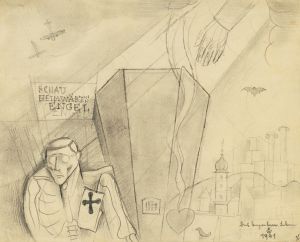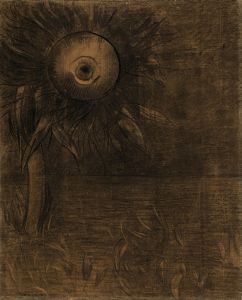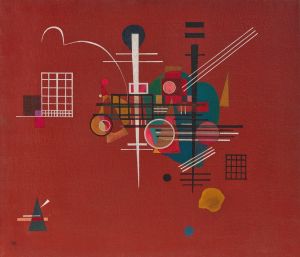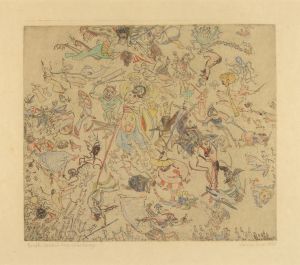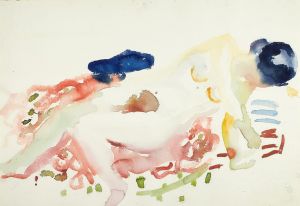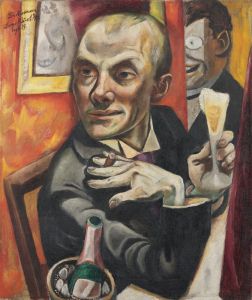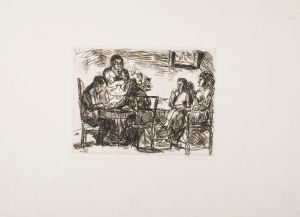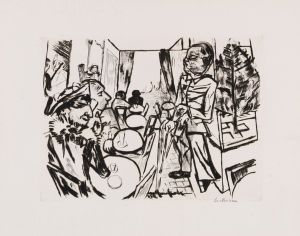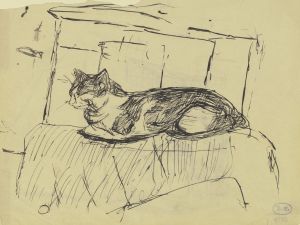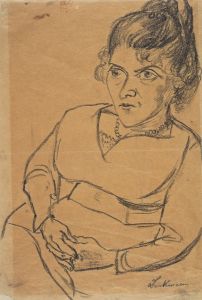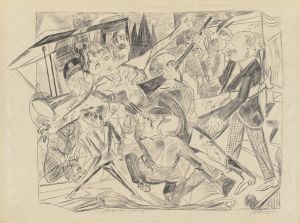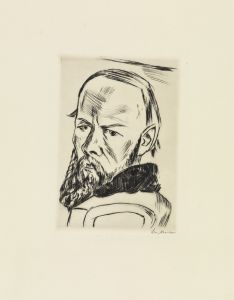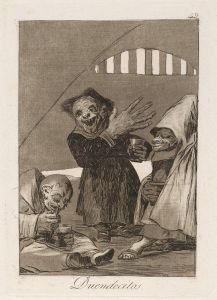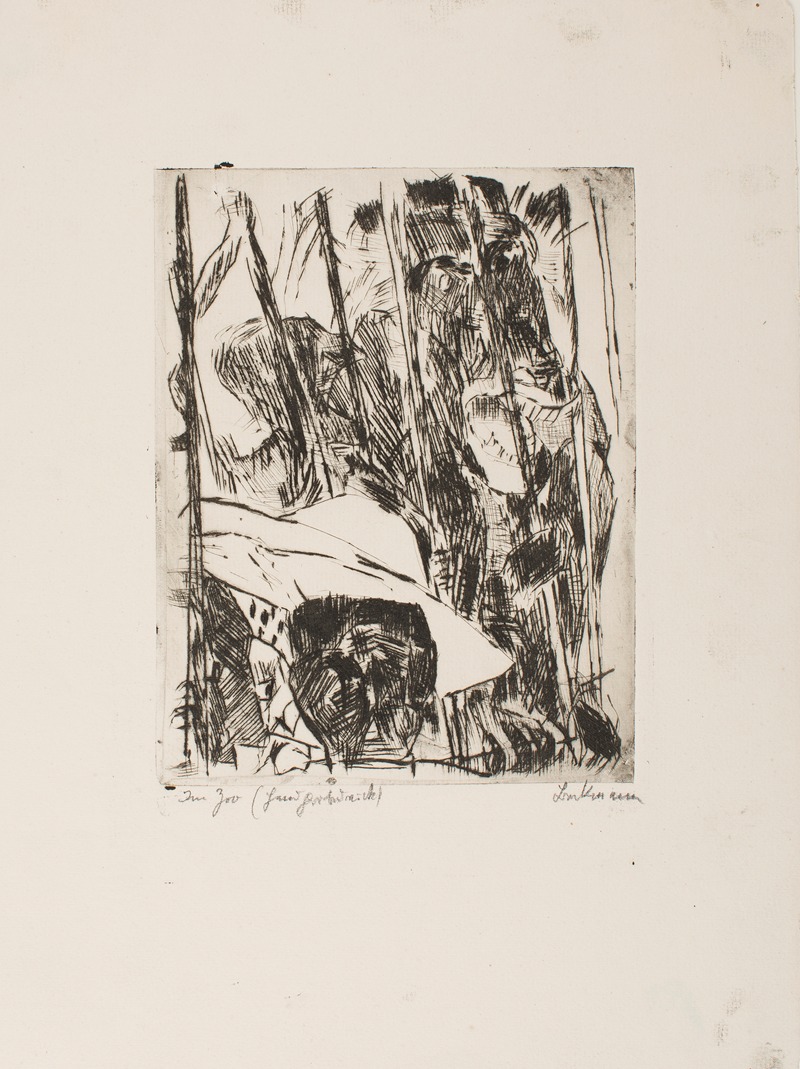
At the Zoo
A hand-painted replica of Max Beckmann’s masterpiece At the Zoo, meticulously crafted by professional artists to capture the true essence of the original. Each piece is created with museum-quality canvas and rare mineral pigments, carefully painted by experienced artists with delicate brushstrokes and rich, layered colors to perfectly recreate the texture of the original artwork. Unlike machine-printed reproductions, this hand-painted version brings the painting to life, infused with the artist’s emotions and skill in every stroke. Whether for personal collection or home decoration, it instantly elevates the artistic atmosphere of any space.
Max Beckmann's painting "At the Zoo" is a notable work by the German painter, who is recognized for his contributions to the Expressionist movement and his distinctive style that often incorporated elements of the New Objectivity. Beckmann, born in 1884 in Leipzig, Germany, developed a unique artistic voice that was shaped by the tumultuous events of the early 20th century, including World War I and the rise of the Nazi regime.
"At the Zoo" was painted during a period when Beckmann was exploring themes of human existence, society, and the complexities of modern life. His works often depicted scenes that were both realistic and symbolic, capturing the essence of the human condition with a critical eye. Beckmann's art is characterized by bold colors, strong lines, and a sense of drama, all of which are evident in "At the Zoo."
This painting, like many of Beckmann's works, reflects his interest in the interplay between reality and illusion. Zoos, as public spaces where humans observe animals, can be seen as a metaphor for society itself, where individuals are both observers and participants in the spectacle of life. Beckmann's depiction of the zoo may suggest a commentary on the nature of observation and the roles people play in their social environments.
Beckmann's style in "At the Zoo" is marked by his use of vivid colors and dynamic compositions. His figures are often portrayed with exaggerated features and expressions, conveying a sense of tension and emotion. This approach aligns with the Expressionist movement's focus on representing subjective experiences and emotions rather than objective reality.
Throughout his career, Beckmann faced significant challenges, particularly during the Nazi regime in Germany. His art was labeled as "degenerate" by the Nazis, leading to his works being removed from museums and his eventual emigration to the United States in 1947. Despite these challenges, Beckmann continued to produce art that resonated with his personal experiences and observations of the world around him.
"At the Zoo" is a testament to Beckmann's ability to capture the complexities of human life through his art. The painting invites viewers to reflect on their own roles within society and the ways in which they perceive and interact with the world. Beckmann's work remains influential, offering insights into the human experience and the power of art to convey profound truths.
Max Beckmann passed away in 1950, but his legacy endures through his impactful body of work. "At the Zoo" is just one example of his ability to blend realism with symbolism, creating art that continues to engage and challenge audiences. His paintings are housed in major museums and collections worldwide, ensuring that his vision and artistic contributions remain accessible to future generations.





